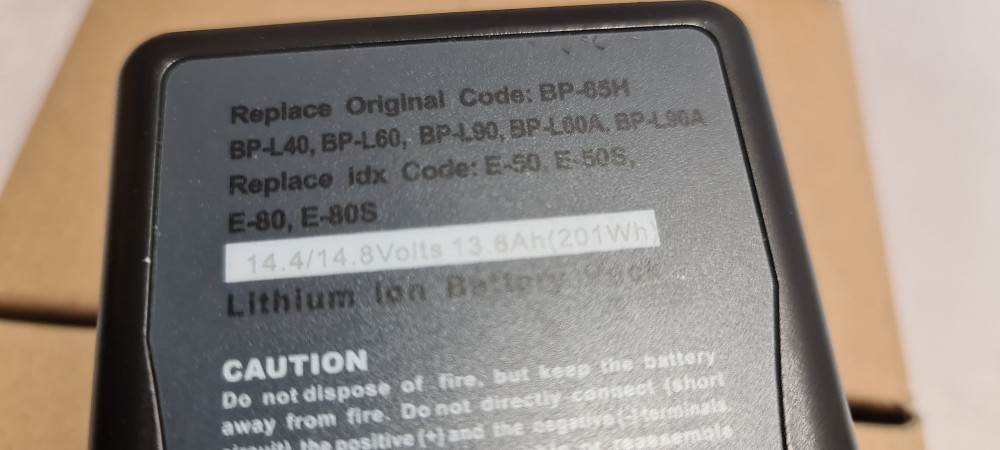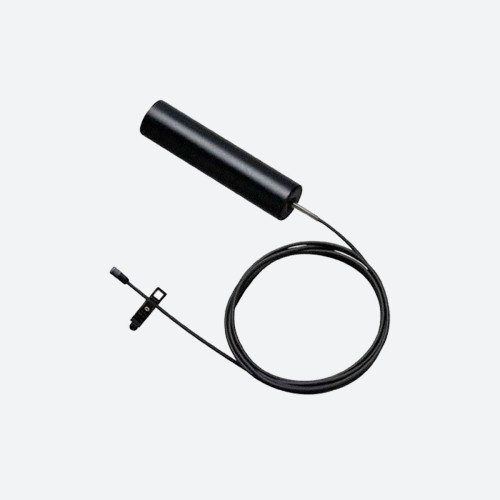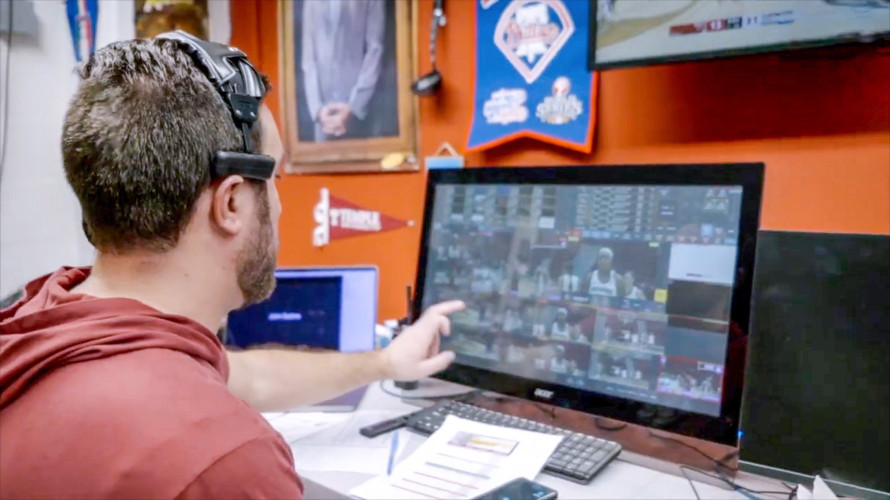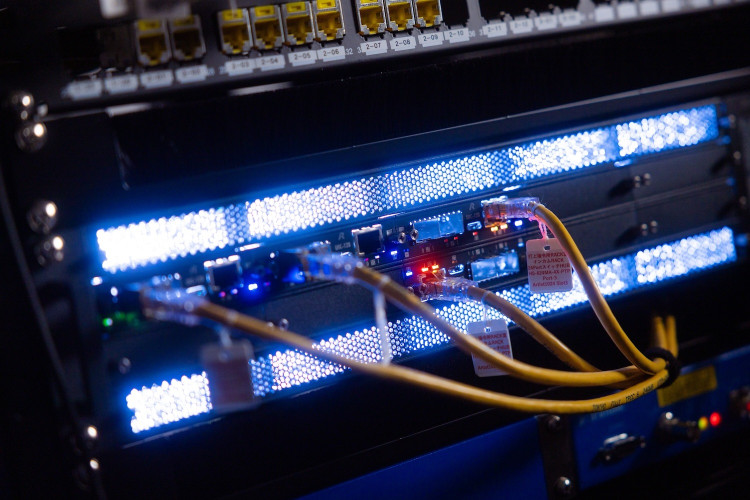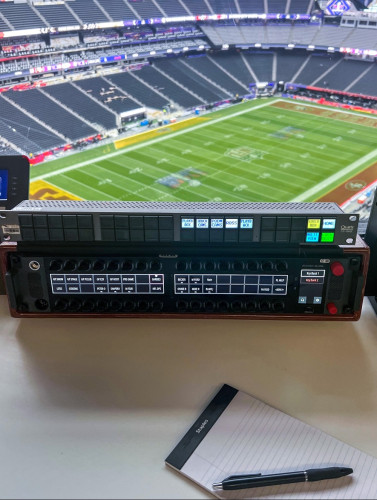Life live beyond the Premier League
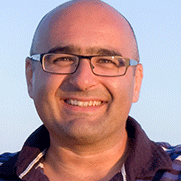
Author: Kieron Seth#
Published 1st April 2013
by Kieron Seth
In Europe outside broadcast has traditionally been within the reach of a handful of deep-pocketed television companies. Across the Atlantic, small OB vans have been popular for years with niche, regional news crews beaming state pie eating competitions to eager viewers. With the advent of Local TV and low-cost fast turnaround production in the UK, has the time finally arrived for affordable OB?
Big Bucks OB
Typically, outside broadcast trucks are built and equipped at huge cost. With extending panels and environmentally controlled full service production suites, OB takes full television facilities into the field. Expensively designed, they deliver results equal to any TV centre.
These exclusive vehicles are designed for specific purposes; it can be awkward to integrate new technology or modify their capabilities. Upgrade a 1080i HD truck to 1080p 3G or stereoscopic specification might mean a major refit. The transition to tapeless workflows or the shift to flat screen monitors are both significant undertakings for OB installers.
The need for Local TV
Consequently, in Europe, OB has been the domain of the national or global broadcaster, used to record and transmit high value content – the royal jubilee, Wimbledon or parliamentary elections – that can re-pay the massive initial investment in technology. Where does this leave the corporate producer looking to cover a shareholder meeting? Or a tour manager covering a music festival? Or a non-league football club looking for a versatile TV solution that is affordable, simple to operate and designed for flexible use.
Instant television and AV facilities - anywhere
At BVE 2013, Datavideo unveiled the new MS-3000 Portable Production Unit. It is the solution that finally democratizes outside broadcast technology. Wheeled, cased, modular and flexible, users can produce from the vehicle or roll the unit out into any space – indoor or out – to create an instant studio. The MS-3000 is a modular system that delivers full-spread high definition television facilities in any location. It’s garnered interest from the likes of houses of worship, local TV stations and touring events companies.
The one core element that forms the basis of every solution is the SE-3000 vision mixer and production switcher. This unit has up-to 16 video inputs – HD or SD – as well as extensive 3D DVE transitions, a high quality multi-view preview output, chromakey, picture in picture and a full-size control panel keyboard. It is ready for mixed resolution environments, featuring SD-HD up-conversion for 8 inputs and supports SDI, HDMI, DVI and analogue connections. Ergonomically laid out with user-friendly buttons, faders and joystick, its tactile surface is designed to be a nimble interface for producers working under pressure.
Other core components of the PPU include a crew communication intercom system that links camera operators, the production desk and director. A power distribution module supplies all rack equipment centrally and safely.
“The great thing about this new solution is that it is modular and inter-changeable. It’s based on the powerful SE-3000 broadcast vision mixer but users can specify racks and monitors to suit their precise needs. It is a perfect match with today’s low cost, high quality, production on the run philosophy.” Said Allan Leonhardsen of Holdan, the UK Datavideo distributor.
The standard configuration includes two 17” LED HD monitors, dual screen vectorscope test devices, a 16-way intercom system, audio mixer and hard disk recorders. Crews that need live encoding, real-time graphics or additional media playout facilities can simply insert units into the rack enclosure. Power for the PPU is supplied by a Datavideo central distribution system.
Shunning the One Box Solution
The benefits of Datavideo’s PPU are three-fold. Firstly, users specify and pay for the technology they need. If they require CG, the rack-based CG-350PC can be included; if users need to capture each camera feed centrally, multiple recorders can be installed. Secondly, upgrading the unit does not mean users have to purchase a completely new solution. Finally, with a single multi-function device, there is one point of failure: an OS crash can bring the whole package to a halt; a faulty electrical connection will immediately bring the production crashing down. The single point of failure is a disaster waiting to happen. Datavideo’s PPU avoids the issue.
The heart of the Datavideo PPU
At the heart of the MS-3000 is the SE-3000, a vision mixer that can handle up-to 16 HD or SD inputs. It’s broadcast standard and while it has an interface that will be familiar to television vision mixers, beginners can get to grips with the basics fast. For sound control, it relies on a separate audio mixer and to synchronize pictures and sound, Datavideo produce a very simple to use audio delay unit. By keeping audio and video functionality separate, again the fear of catastrophic system-wide failure is allayed.
Multicam cabling
Setting up cameras in an impromptu studio or for a live outdoors production can be problematic. The HD-SDI inputs on the switcher mean that camera cables can go as far as around 100m from the PPU. If this is insufficient, Datavideo’s low-cost VP-633/634 devices can extend that range to approximately 2000m. Over shorter distances (up-to 100m) Teradek Bolt units make camcorders wireless, with no loss of quality and minimal latency. Thanks to Blackmagic Design, optical technology and its incredible multi-kilometre range is a viable option, with its Atem Camera Converter and Atem Studio Converter (a 4-camera adapter package costs under £3,000).
Camera matching
It’s all-too easy to disconcert viewers. Switching between unmatched cameras gives jarring, unrealistic results. Colours, brightness, depth of field – for professional results, all signals and outputs must match. To achieve this, cameras have to be set up to deliver consistent and predictable results. In the corporate world where cameras can be sourced from a variety of rental houses, freelancers and in-house units, and may be from multiple manufacturers, there is no alternative to using test equipment. The MS-3000 uses Datavideo’s VSM-200 vectorscope system with live monitors for real-time visual and technical signal matching.
The process of managing and adjusting the camera settings is straightforward. Datavideo’s MCU-200 enables the team at the production desk to control four Panasonic cameras remotely which has the added benefit of freeing up the camera operator to concentrate on framing the picture.
Record… and go live?
By default, Datavideo incorporates a hard disk recorder (HDR) for hours of uninterrupted HD capture of the live programme. Using 2.5” hard disks, the capacities are high, the cost is low. Users that need to record each camera centrally can specify multiple recorders; at little over £1,000 for a 100Mb/s 4:2:2 system, it’s a tempting option for organizations that may want to re-cut feeds in post-production.
The live SDI output can be output for viewing on local screens or ingested into a playout system for live TV delivery. Those distributing live over an IPTV platform can encode the output with an appliance such as an Optibase MGW Micro Premium. Users going direct to the Internet are well served by a Teradek Cube encoder that can stream directly to a service such as Livestream or Ustream.



